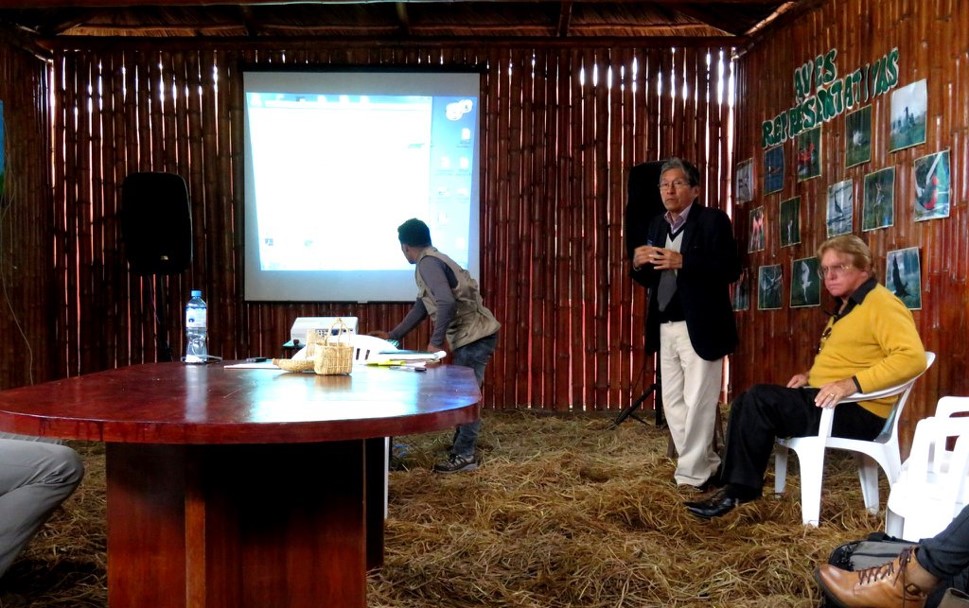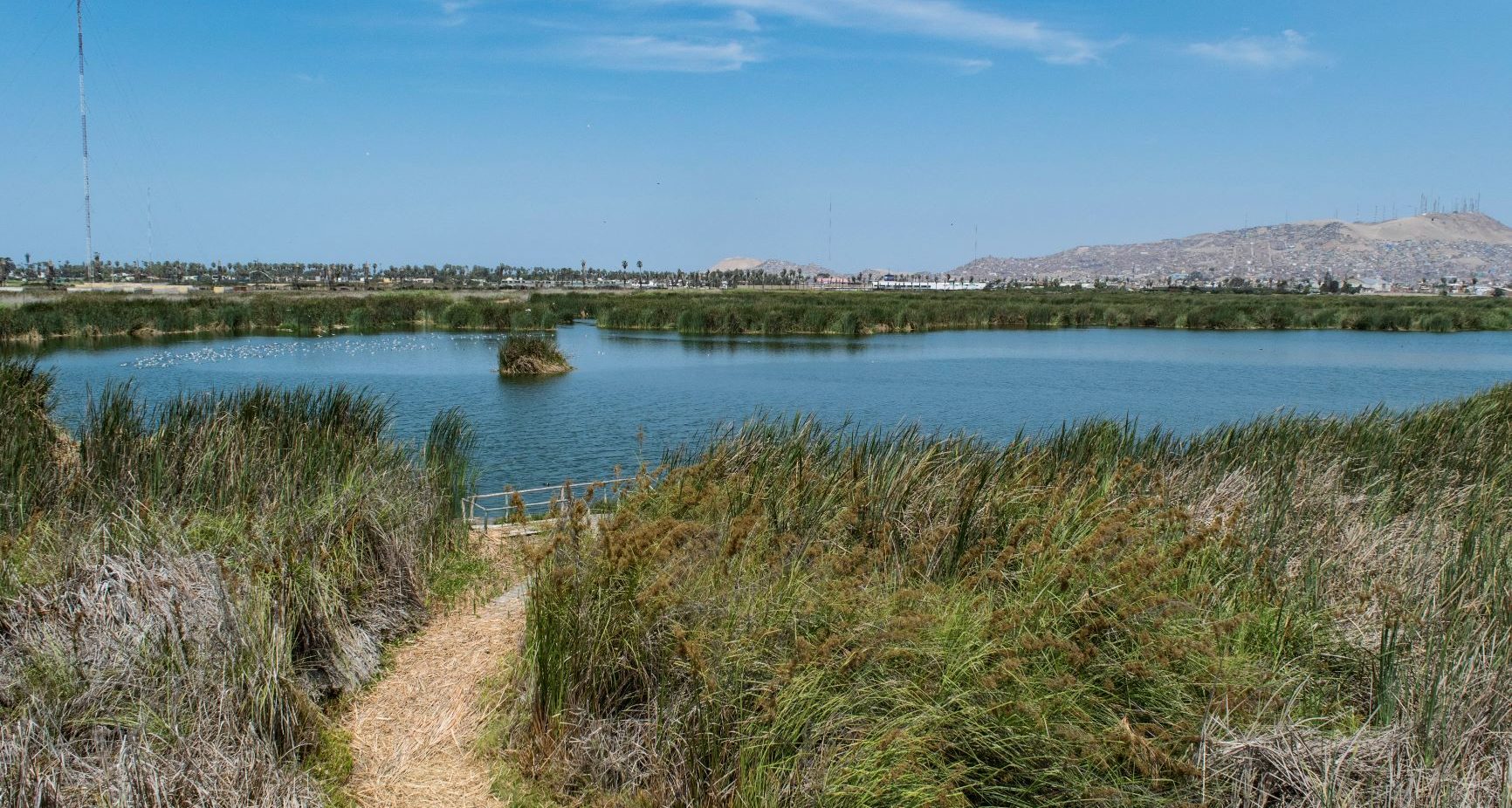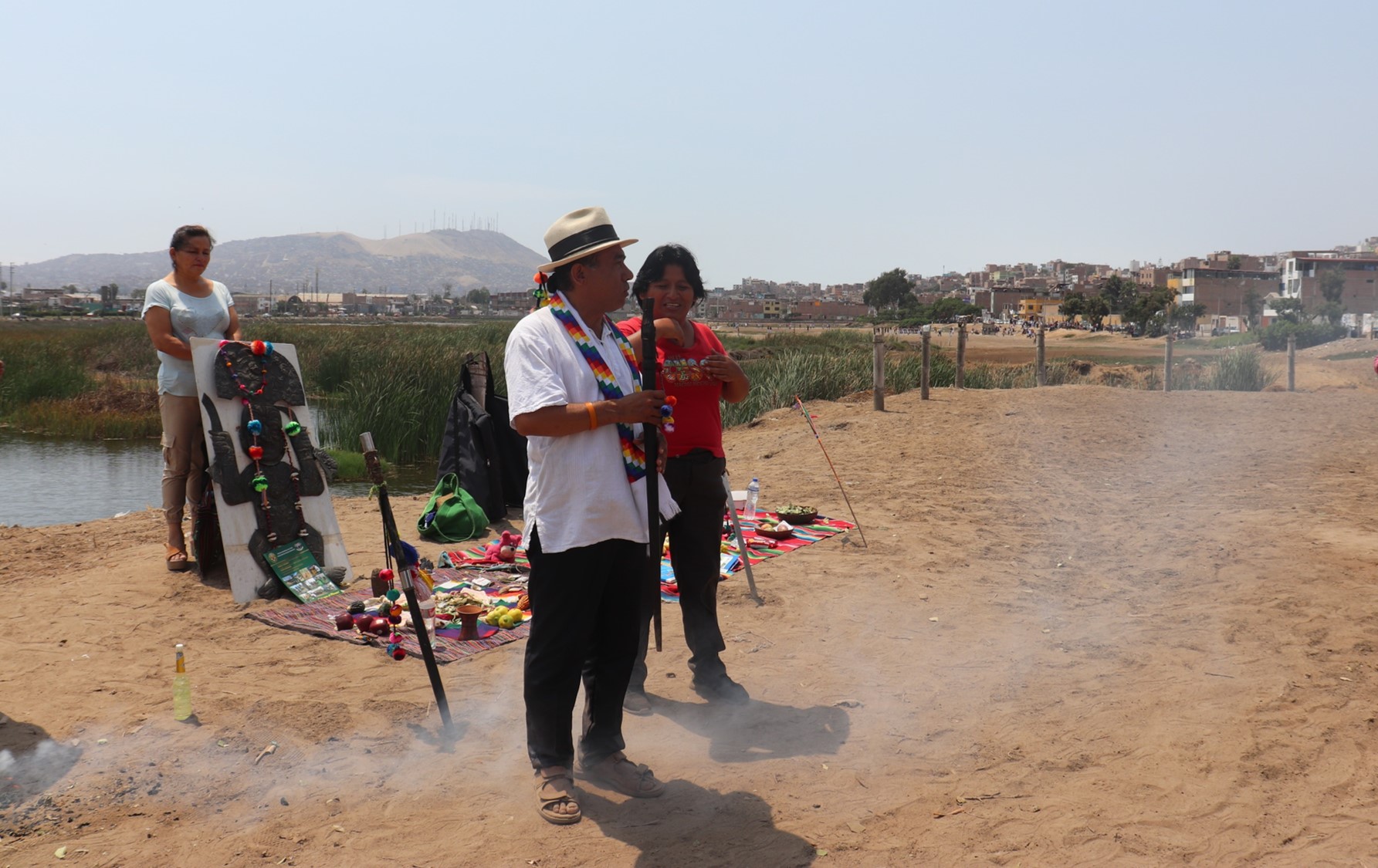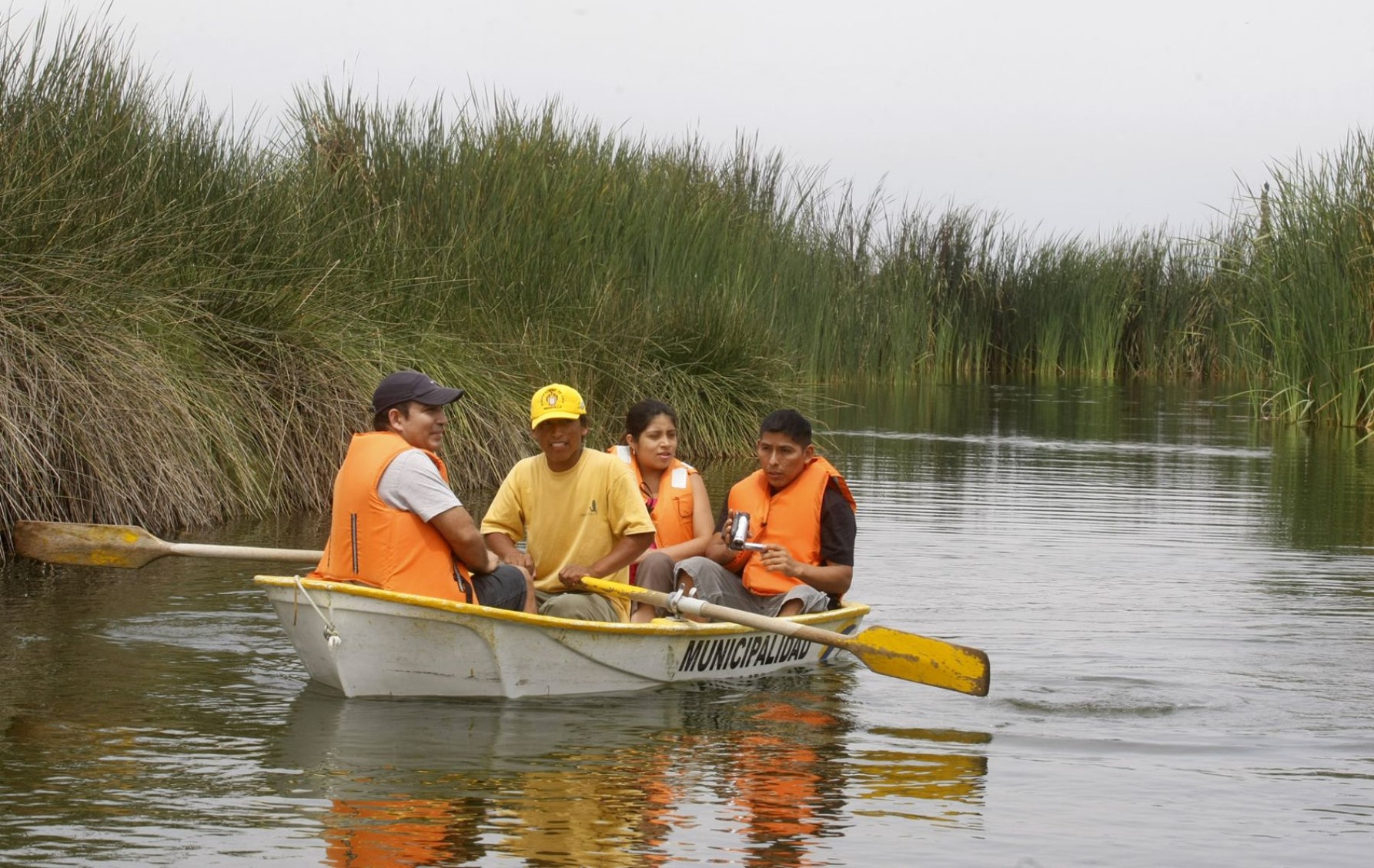The coastal wetlands in Lima is home to the largest human population in the country and is the second largest desert city in the world.

The project seeks to strengthen and promote participatory processes of planning and management of the wetlands of the central coast, designing and developing strategies for generating local capacities, articulation of actors, promotion of education and environmental communication, and the sustainable use of resources, in the framework of a solidarity economy.

Wetlands are highly valued by local actors, their conservation is part of a sustainable local and regional development strategy, as a biological corridor is integrated into a free and comprehensive educational proposal and economic dynamics through ecotourism and high quality crafts.
Strengthen the planning and management capacities of local governments for the conservation and sustainable use of wetlands, promote environmental education and communication actions and implement infrastructure and equipment works.
It is desired to implement a biological corridor monitoring system, categorize wetlands as ANP and conserve them, create ecotourism guides, train artisans, generate an alternative energy unit and rehabilitate channels.

The coastal wetlands in Lima is home to the largest human population in the country and is the second largest desert city in the world.

Through the implementation of a network of wetland friendly schools and artisan training.

Preparation of the first Interpretation and Ecotourism course, with issuance of approval certificates.
The project is an environmental economic venture of the Bicentennial that reconciles with the socio-environmental demand “Forest for all” to achieve sustainable strategic income.